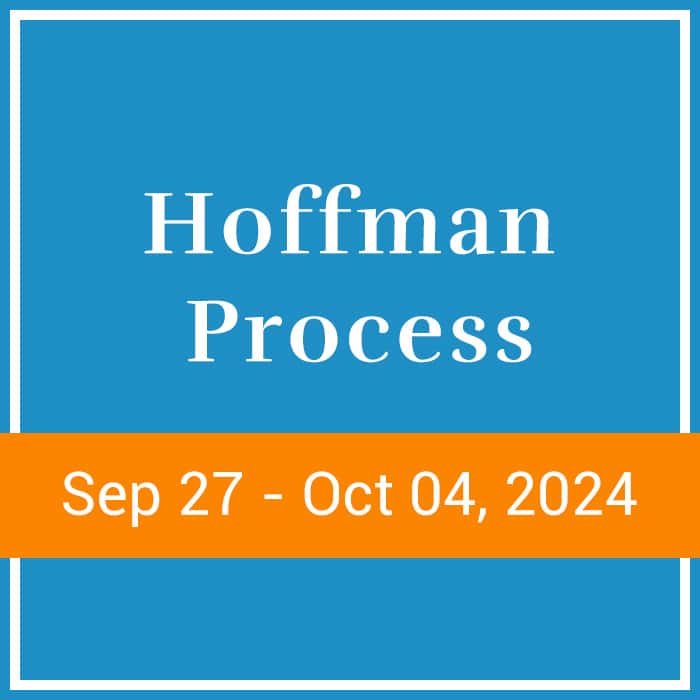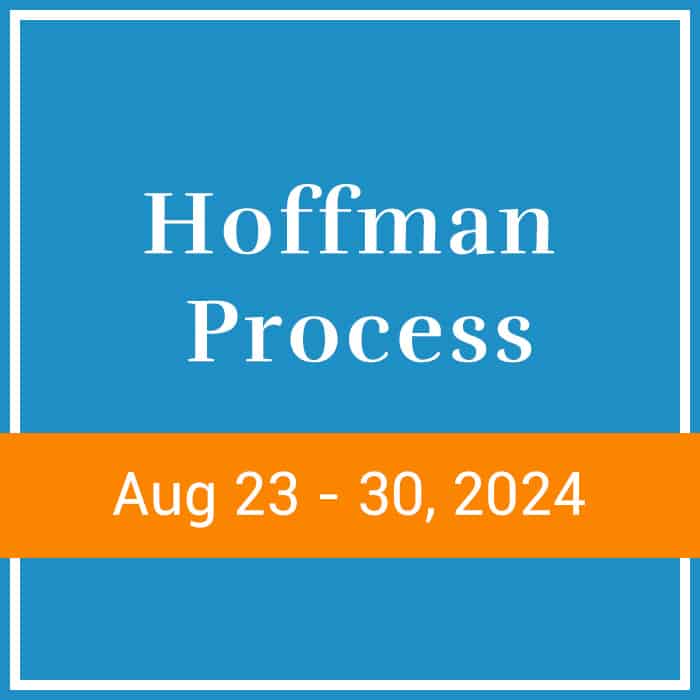Mother’s Day can be a time fraught with anxiety for those of us who have unresolved issues with our mothers. Whether your mother was highly critical, emotionally absent, or ambivalent with her affections, different mothering styles have the potential to produce what is known as “the mother wound,” often defined as the trauma passed down from parent to child when the mother is not emotionally attuned or available to her child. This is often referred to as “under-mothering” and may show up in a number of ways, from low self-esteem to a lack of emotional awareness to an inability to self-soothe.
Some experts believe that the mother wound stems from patriarchal conventions. Bethany Webster, author of Discovering the Inner Mother, defines the mother wound as “the pain of being a woman passed down through generations of women in patriarchal cultures.” In such a society, women are more likely to internalize the belief that they are second-class citizens and unknowingly pass this idea on to their daughters. They also pass on the dysfunctional coping mechanisms that are used to process that pain. However, while the mother wound is often associated with the mother-daughter relationship, we believe sons are just as susceptible and that attachment theory plays a significant role.
How Attachment Styles Inform the Mother Wound
British psychologist John Bowlby described attachment as a “lasting psychological connectedness between human beings.” It refers to the bond we form with our first primary caregiver and begins as early as in the womb. A crucial theme of attachment theory is that the primary caregivers who are present and responsive to a child’s needs allow the child to develop a secure sense of self. In terms of the mother wound, when a mother instills a sense of trust and security in her child, the child will use this as a base from which to explore the world. When the child does not find a sense of trust and security in their relationship with their mother, they are more likely to acquire the mother wound and pass it on to the next generation. Different attachment styles have different outcomes (and may be displayed by either parent):
- Secure attachment: A child with secure attachment to their mother will most likely become an adult who feels confident in his or her relationships. Connection, trust, empathy, and independence are major themes in this attachment style. Parents who adopt this style are more responsive to their children’s needs.
- Ambivalent attachment: In ambivalent attachment, a child learns that their mother is unreliable and untrustworthy in her availability. As a child they may have appeared extremely distressed when their parent was not present, but then not entirely comforted upon the parent’s return. A person with ambivalent attachment to their mother may fall in love easily as an adult but have trouble maintaining relationships in the long run.
- Chaotic attachment: A child with chaotic attachment to their mother does not trust that she can meet his or her needs, leading to a lack of interpersonal bonds as an adult. Parents who adopt this style display unpredictable or intense patterns and behaviours, leading children to develop an extreme fear of rejection that clashes with a tendency to push others away. They may mimic the explosiveness, unpredictability, or maybe even the abuse they experienced as children.
- Avoidant/dismissive attachment: Avoidant or dismissive attachment often stems from parents who are emotionally distance or strict, leading the child to avoid social and romantic relationships later in life. While some children who had this attachment style with their mother may appear confident and self-sufficient as adults, even going so far as to say they don’t value close relationships, they may secretly long for intimacy without knowing how to get it.
How to Heal the Mother Wound
In the Hoffman Process, we use a systematic approach to healing the wounds that arise from insecure attachment styles, including the mother wound. In a step-by-step process, participants explore how intergenerational patterns play a role in the behaviours they perpetuate as adults. There are opportunities to safely express anger towards their mothers (and other caregivers) as well as cultivate compassion for them. In the Hoffman Process, participants learn to:
Express Anger Towards Mother
Unless we recognize the anger we feel towards our mother for an unresolved childhood wound, we cannot heal it. The Hoffman Process provides a safe space in which to accept and verbally express resentment, feelings of abandonment, disappointment, and in some cases, hatred towards mother. Simply being able to take ownership of this anger is a powerful step in breaking free of it.
Envision Mother’s Suffering
By seeing the world through our mother’s eyes, we are able to gain a new perspective about the wounds that were passed down to her. Envisioning our mother’s suffering allows us to cultivate newfound compassion for her, especially her inner child.
Acknowledge the Bond
After becoming more aware of our mother’s suffering, we are more open to acknowledging the full picture of our mother as a person. She is human like us, composed of “good” and shadow qualities. We realize we are linked to our mother through our suffering, bonded by similar wounds.
Use Mortality as a Tool for Urgency
The Hoffman Process uses mortality as a tool to create urgency in repairing the breakdowns of parental bonds. Through specific exercises that face us to acknowledge the possibility of death, we are propelled into deeper emotional understanding and a willingness to heal.
Appreciate
Having a more complete picture of mother and an urgency to repair one’s bond to her, we’re suddenly open to appreciation. We are able to look at patterns and behaviours that were once challenging or harmful and see the positive intentions behind them. For instance, if our mother came out of poverty and became materialistic later in life, we see her materialism as a way to safeguard her children from the poverty she once knew. If our mother was highly critical, leading us to become self-critical, we can appreciate that our self-criticism is a form of self-reflection.
After the inner work is complete, the Hoffman Process guides participants in taking concrete action in their relationships to prove their mother wound is repaired. Through healthier patterns and behaviours, participants are less inclined to pass the mother wound on to their own children, disrupting intergenerational pain through awareness and empathy.
References:
This article was contributed by by Erica Garza. Follow @ericadgarza on Instagram










